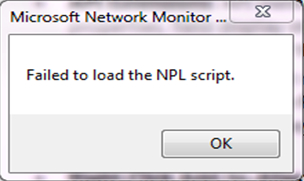

Retrieves virtual applications, publishes the applications on the client, and automatically sets up and manages virtual environments at runtime on Windows devices. It fetches the packages from the management server.

Provides App-V clients with applications for specific users, and hosts the virtual application package for streaming. The server uses Active Directory and supporting tools to manage users and applications. The App-V management server authenticates, requests, and provides the security, metering, monitoring, and data gathering required by the administrator. Provides a centralized console to manage App-V infrastructure and delivers virtual applications to both the App-V Desktop Client and a Remote Desktop Services Client. Here’s a recap of the App-V components mentioned in this article: If you’re not familiar with App-V, see the Microsoft documentation. App-V integration support includes using SMB shares for applications. The App-V client does not support offline access to applications. XenDesktop 7.12 through current, XenApp 7.12 through current XenDesktop 7.6 through current, XenApp 7.6 through current XenDesktop 7 through current, XenApp 7.5 through current The following table lists supported versions. App-V and Microsoft User State Virtualization (USV) provide access to applications and data, regardless of location and connection to the internet.

Users access applications without installing them on their own devices. Microsoft Application Virtualization (App-V) lets you deploy, update, and support applications as services. Install Session Recording with database high availabilityĬonfigure permissions for VDAs earlier than XenDesktop 7 Install, upgrade, and uninstall Session RecordingĮnable or disable live session playback and playback protection Pass-through authentication and single sign-on with smart cardsįederated Authentication Service architectures overviewįederated Authentication System how-to - configuration and managementīest practices, security considerations, and default operationsĬompare, prioritize, model, and troubleshoot policiesĬonfigure COM Port and LPT Port Redirection settings using the registryĬonnector for Configuration Manager 2012 policy settings Integrate XenApp and XenDesktop with NetScaler Gateway Security considerations and best practices Microsoft Azure virtualization environments Microsoft System Center Configuration Manager environments Microsoft System Center Virtual Machine Manager virtualization environments Microsoft Azure Resource Manager virtualization environments Section 508 Voluntary Product Accessibility Template


 0 kommentar(er)
0 kommentar(er)
